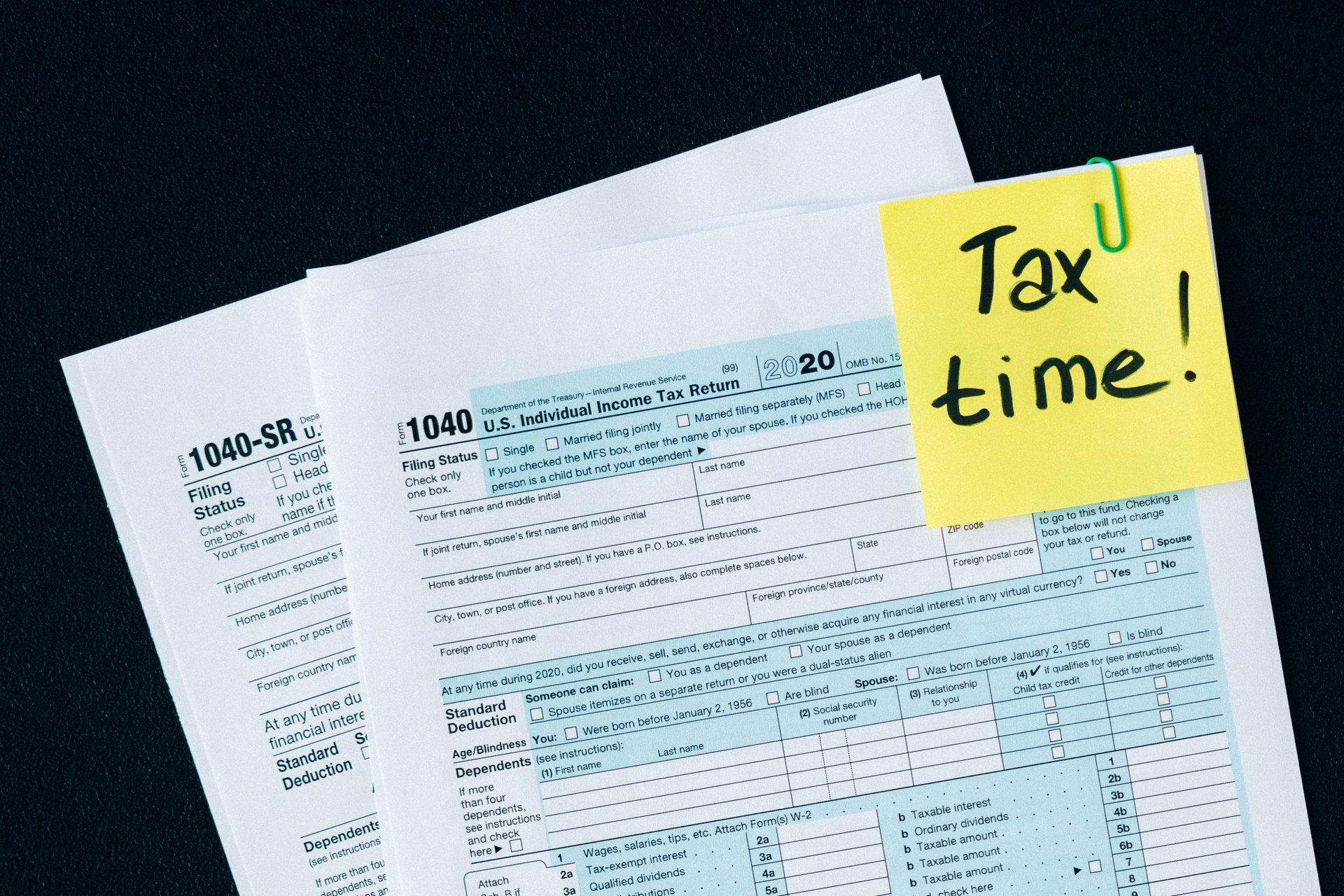Optimizing Cash Flow: CFO Guide to R&D Tax Credit Benefits
As a small business or startup we understand the challenges you face in managing cash flow while striving for growth. It requires careful planning, monitoring, and sometimes creative solutions.
As we've highlighted in our past blog post, "The Importance of Cash Flow & Tax Planning," effective cash flow management and strategic
tax planning are essential for sustainable growth. We highlight 6 strategies to help with cash flow; Evaluate all expenses, plan for state taxes, reduce accounts receivables, manage your accounts payables, choose the right accounting method for your business, and explore tax credits. In this blog we are going to touch on tax credits, specifically Research & Development (R&D) Tax Credits.
Understanding R&D Tax Credits
Research & Development Tax Credits are incentives provided by governments to encourage businesses to invest in innovation. If your business is developing new products, processes, or technologies, you could be eligible for these credits. Many small businesses and startups overlook this opportunity simply because they're unaware of their eligibility or the benefits they can bring.
Benefits of R&D Tax Credits
Cash Flow Boost
One of the most significant advantages of R&D Tax Credits is their impact on your cash flow. These credits can either reduce your tax liability or provide a cash refund for your business.
Funding Innovation
By incentivizing innovation, R&D Tax Credits enable you to allocate more resources towards research and development projects. This can lead to the creation of new products or services, giving your business a competitive edge in the market.
Cost Reduction
Developing new technologies or improving existing processes often comes with significant expenses. R&D Tax Credits help offset these costs, making innovation more affordable for small businesses and startups.
Applying for R&D
Navigating the application process can be daunting. That's where TaxTaker comes in. They have a team of experts who specialize in helping small businesses and startups maximize their R&D tax credit while minimizing the administrative burden.
Eligibility Criteria
To qualify for R&D Tax Credits, your business must engage in activities that meet certain criteria. To determine if your business is eligible, you can ask yourself the following questions:
- Do you make something? If you’re developing or improving upon technology or products, odds are you probably are entitled to some money back from the IRS!
- Does your product change over time?
Businesses rarely make their products the exact same way year after year. So, if your company invests resources to make its own products, software, or processes cleaner, greener, quicker, or cheaper, you most likely qualify for the credit!
Interested in Learning More?
R&D involves doing creative and planned work to increase knowledge and come up with new ways to use what we already know. In particular, R&D usually focuses on making or improving how well a part of the business works. This could be anything from a product, a way of doing things, software, a method, a recipe, or an invention. This work often requires some trial and error to find the best design or solution. Startups that can claim the credit come from a variety of industries.
Some of these industries include but are not limited to:
- Artificial intelligence
- Consumer packaged goods
- Software (SaaS)
- Manufacturing
- Aerospace
- Textiles
- Life Sciences
What expenses can be claimed?
There are four buckets of expenses you can pull from when calculating R&D credit savings. These include:
| Expenses | |
|---|---|
| ✅ | W-2 Wages for any employee involved in R&D activities based in the U.S. – including supervision, support, or doing the actual work |
| ✅ | Contractors (1099s) who are U.S. based |
| ✅ | Materials used for prototyping and development throughout the process of working on your product or service |
| ✅ | For SaaS companies - cloud costs for your pre-production and staging environment (think Google cloud, AWS, Heroku, etc.) |
Filing for R&D
Navigating the intricacies of R&D tax credits can be difficult when it comes to filing your business tax returns. As part of this process, you need to identify qualifying expenses and provide adequate documentation that shows how certain requirements are met.
Some things to keep in mind:
- The documentation should be from the time the R&D was done
- It should prove that the work occurred in the fiscal year you are claiming
- It should highlight the technical challenges to substantiate the R&D that was done and who was involved.
Some examples of what you can provide are:
- Technical documents
- Emails
- Whiteboard or product roadmaps
- Timesheets for technical staff
- Development/engineering notes
Keep in mind, a well-documented report should always be included with your R&D credit calculations for tax filing.
Once the credit amount is calculated, the team will notify you of the credit amount and file the R&D form 6765 with the tax return. You can then elect to take your R&D credit against your employer payroll taxes. To do this, the IRS requires that you file a form 8974 the quarter after your R&D credit is filed.
If you want to use the R&D Credit to offset payroll taxes, eligible organizations must have under $5 million of gross receipts in the current year, and cannot have more than 5 years generating gross receipts (including the current year). Otherwise, the organization can use the R&D Credit to offset federal income taxes for the life of the business!
R&D Tax Credits offer small businesses and startups a valuable opportunity to optimize their cash flow and fuel innovation. By partnering with GrowthLab and TaxTaker, you can leverage these credits to unlock growth opportunities and stay ahead of the competition.
What We Do
Accounting
CFO Services
Financial Planning & Analysis
Virtual Tax Manager Services
And much more...
Other Blogs Related to Tax


GrowthLab, a Finance-as-a-Service (FaaS) company serving founders and management teams with full-service Financial Planning & Analysis, Monthly Accounting, Virtual CFO, HR-People Advisory, and Business Tax.



